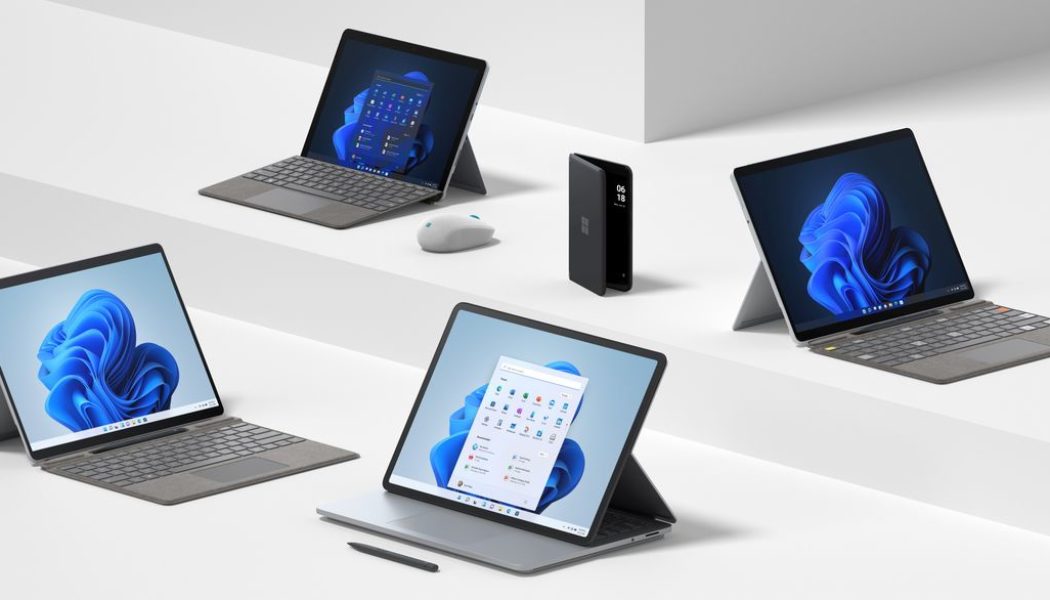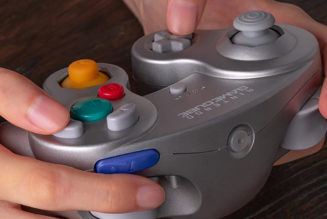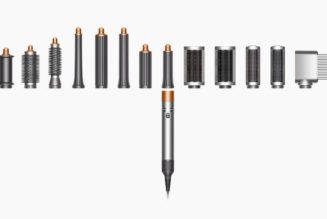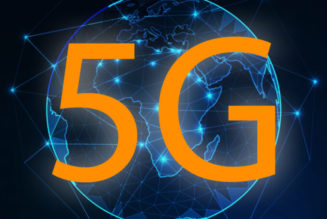Microsoft is listening. The Surface Duo 2 ditches its predecessor’s last-gen specs, the Surface Laptop Studio does away with the Surface Book’s gimmicky detachable screen, and the Surface Pro 8 might be the one we’ve been waiting for, with an enhanced keyboard, stylus, high-refresh rate screen and Thunderbolt ports (finally!). But there’s one place where Microsoft is stubbornly carrying on: making you pay substantially more than the quoted sticker price to use these computers as advertised — because none of them include a stylus or keyboard.
While Microsoft touted the $1,099-and-up Surface Pro 8 as “a powerful laptop with the flexibility of a tablet,” it’s not a laptop at all when you take it out of the box. It’s a touchscreen tablet, and nothing else, unless you add the keyboard or stylus Microsoft will happily sell you for $130 and up. Microsoft only spent 11 seconds of its 49 minute event demoing the Surface Pro 8 without a peripheral you’ll need to pay extra for. (Two of those seconds were a repeat from an earlier part of the presentation, and six of them were part of a montage that included Surfaces with keyboards and stylii as well.)
In reality, you’ll pay an extra $129.99 for the stylus, $179.99 for Microsoft’s new keyboard with a stylus slot, $279.99 if you want both (there’s a $30 discount), $199.99 if you want that keyboard to come with a fingerprint reader, or $329.98 for your keyboard, stylus and fingerprint in total. So for Microsoft’s full Surface Pro 8 vision of keyboard and detachable magnetic stylus, you’re looking at a minimum of $1,379.98 before tax — and that’s with just 8GB of RAM and a tiny 128GB SSD. Double those capacities for the barest amount of futureproofing, and you’re at a grand total of $1,679.98. That might not be a bad deal, but it’s definitely not $1,099.
:no_upscale()/cdn.vox-cdn.com/uploads/chorus_asset/file/22871149/surface_family_wide_2021.jpg)
There are ways to save a little more money. Technically, the Surface Pro 8 is compatible with the old Surface Pro X keyboards as well, which start $40 cheaper at $140, and you can currently find them on sale for just $104 if you don’t care about having a stylus that magnetically charges from the keyboard. (Microsoft also sells a standalone stylus charger for $35 if you change your mind.) Some companies will also sell alternative keyboards, like this new Brydge that makes the Surface Pro more of a clamshell design. Plus, the Thunderbolt ports should theoretically mean you don’t have to pay for a proprietary Microsoft single-cable docking solution.
But consumer choice or no, Microsoft wants to have it both ways — a seemingly low starting price for powerful pen-equipped laptops and a big upsell to actually make them that way — and that applies to its other products as well. You may have heard the ARM-based Surface Pro X has a new low price of $899. While that’s technically true, that $899 buys you a tablet that ditches the original promise of always-on connectivity for plain ol’ Wi-Fi, doesn’t include the keyboard or stylus, and features a last-gen SQ1 processor instead of the new SQ2 model. The full Surface Pro X vision with the newer SQ2, LTE, keyboard and pen will cost you $1,579.98, though you could get away with paying $1,400 if you ditch the stylus and nab the lowest-end keyboard at retail.
I can’t bring myself to criticize the $399-and-up Surface Go 3 in quite the same way — Microsoft did indeed show kids watching videos and taking video calls for nearly a full minute during its presentation. While its last-gen Pentium chip, 4GB of RAM and 64GB of storage might be a little iffy in 2021 (we just wrote the obituary for 64GB iPhones), Microsoft isn’t advertising it as a keyboard-first machine. And even though that keyboard still costs $100 by itself, you can find the stylus as low as $65 on sale.
But even Microsoft’s demonstration of the new $1,499 Surface Duo 2 phone included prominent placement for a feature it’ll make you pay extra for. Did you spot the moment where Microsoft shows how the new Surface Pen can magnetically stick to its new phone and charge?

It can’t do that out of the box.
“To make sure your Surface Slim Pen is always with you and charged, we’re introducing Microsoft Surface Duo 2 Pen Cover,” a Microsoft presenter said. The reality is that “Pen Cover” refers to a new case you’ll need to buy for the phone to do those things, not a feature of the Surface Duo 2’s cover materials. (And you’ll need to buy the pen, of course.) But good on Microsoft for designing a case that blends in so well I thought it was part of the phone.
Surface Pen still doesn’t magnetize directly to the device (at least not on purpose), but it *does* stick to the new case/cover, which is much nicer looking than last year’s bumper.
Bonus: the pen wirelessly charges when attached. (Sorry, no Qi charging for Duo 2 itself.)
— Michael Fisher (@Captain2Phones) September 22, 2021
It’s highly unlikely that Microsoft will stop this practice anytime soon: it’s proven the strategy out over seven generations of Surface tablets, and it gives the company great flexibility when it comes to sales: when Black Friday or Prime Day roll around, it can build discounted bundles or throw in free accessories to tempt buyers who’d been on the fence.
Microsoft can always argue it’s on the side of consumer choice and sustainability, too — why include a keyboard when some won’t use them, or even throw them away? (That’s the argument for unbundling phone chargers, too, though it’s not quite that simple.) And one thing Microsoft has going for that argument is backwards compatibility — its stylus pens are compatible all the way back to the Surface Pro 3 from 2014, and a keyboard cover from that same Surface Pro 3 worked all the way up to 2019’s Surface Pro 7, Windows Central reports.
Unfortunately, the Surface Pro X and new Surface Pro 8 break that keyboard compatibility streak, so you can’t just go find a prior year’s model for $30 or $40 used instead of buying it for $104 on sale.
Mostly, I’m just a little annoyed that Microsoft presents its Surface products as a complete vision of computing, while leaving the most interesting parts of that vision out of the box that bears their name.









